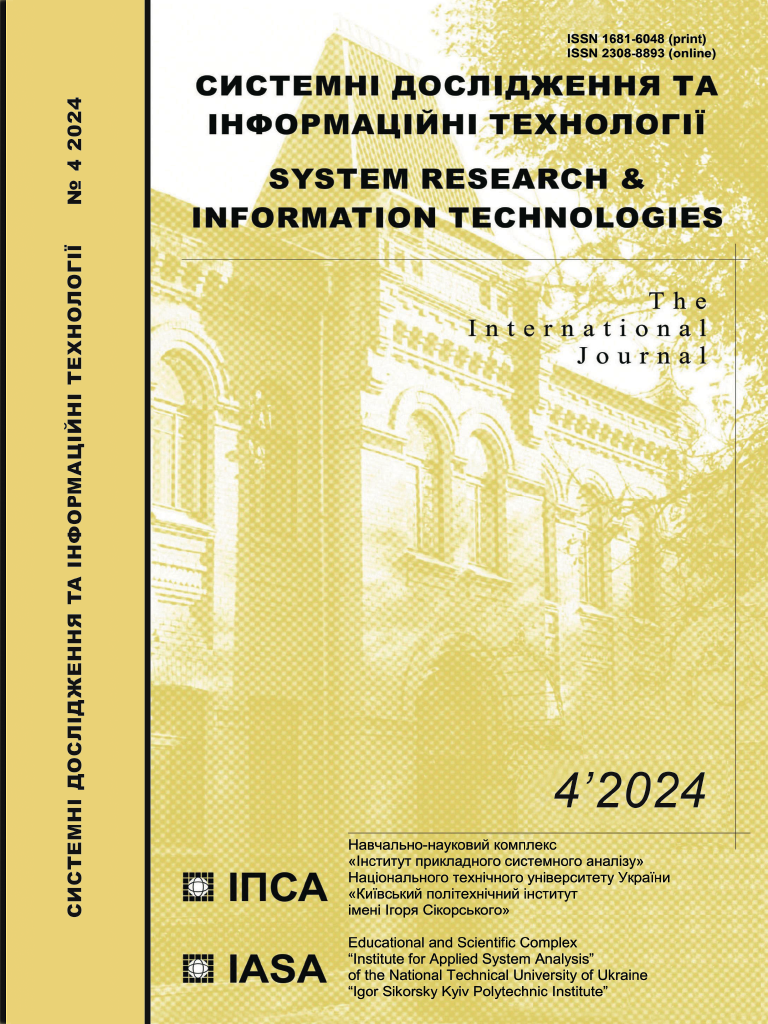Classical special functions of matrix arguments
DOI:
https://doi.org/10.20535/SRIT.2308-8893.2024.4.10Keywords:
matrix, special function, matrix function, gamma function, beta function, Jacobi theta function, Jordan normal formAbstract
This article focuses on a few of the most commonly used special functions and their key properties and defines an analytical approach to building their matrix-variate counterparts. To achieve this, we refrain from using any numerical approximation algorithms and instead rely on properties of matrices, the matrix exponential, and the Jordan normal form for matrix representation. We focus on the following functions: the Gamma function as an example of a univariate function with a large number of properties and applications; the Beta function to highlight the similarities and differences from adding a second variable to a matrix-variate function; and the Jacobi Theta function. We construct explicit function views and prove a few key properties for these functions. In the comparison section, we highlight and contrast other approaches that have been used in the past to tackle this problem.
References
Sujit Kumar Mitra, “A Density-Free Approach to the Matrix Variate Beta Distribution,” Sankhyā: The Indian Journal of Statistics, Series A (1961-2002), vol. 32, no. 1, pp. 81–88, 1970. Available: http://www.jstor.org/stable/25049638
Amr Elrawy, Mohammed Saleem, and Z. Kishka, “The Matrix of Matrices Exponential and Application,” International Journal of Mathematical Analysis, 13, pp. 81–97, 2019. doi: 10.12988/ijma.2019.9210
João Cardoso, Amir Sadeghi, “Computation of matrix gamma function,” BIT Numerical Mathematics, 59, 2019. doi: 10.1007/s10543-018-00744-1
Maya Neytcheva, “On element-by-element Schur complement approximations,” Linear Algebra and its Applications, vol. 434, issue 11, pp. 2308–2324, 2011. Available: https://doi.org/10.1016/j.laa.2010.03.031
L Jódar, J.C Cortés, “Some properties of Gamma and Beta matrix functions,” Applied Mathematics Letters, vol.11, issue 1, pp. 89–93, 1998. Available: https://doi.org/10.1016/S0893-9659(97)00139-0
Daya Nagar, Sergio Gómez-Noguera, and Arjun Gupta, “Generalized Extended Matrix Variate Beta and Gamma Functions and Their Applications,” Ingeniería y Ciencia, 12, pp. 51–82, 2016. doi: 10.17230/ingciencia.12.24.3

